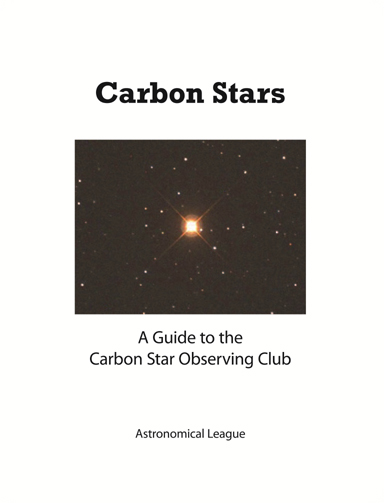By Bill Pellerin
Houston Astronomical Society
GuideStar Editor
As I write this I’m preparing for the June 5, 2012 (at my location) transit of Venus. My first goal is to be able to see it, my second goal is to be able to photograph it, and my third goal is to make the observations necessary to get the Astronomical League award for the transit. For details on the event and the award see the ‘Transit of Venus’ page in the ‘Observing Programs’ on this web site.
http://astroleague.org/PlanetaryTransit_Venus2012
What do I need to have in place to reach these goals? I need the necessary telescopes with the right filters, eyepieces, and camera fittings among other things. I need to have tested the various configurations I’ll use for the equipment, and I need a plan for the day. In short, I need to be prepared.
Strategically, I plan to be in a location in which the chances for clear skies are as good as I can reasonably make them. By ‘reasonable’ I mean that it must be a location that I can conveniently get to by car (so I can haul all my stuff along) and the chance of clear skies must be high enough to justify the effort. So, in the end, I’m trying to balance the improved opportunity to see the transit against the cost of that opportunity.
The problem is, though, that there are no guarantees about the weather; I’m at its mercy. An 80% chance of clear skies means a 20% chance of cloudy skies. That said, a site that only has a 20% chance of clear skies may, in fact, have clear skies on the day of interest and a site that has the 80% chance of clear skies may be cloudy on the day of interest. By studying the weather maps carefully on the morning of the event it may be possible to change my observing destination to improve the odds of making the observation. I’ll be looking at the current cloud cover and the direction of movement of the clouds. I want to be behind the path of the clouds, in the location that looks like it is tending toward clear as the day goes on. There are plenty of weather reporting sites on the Internet, and there’s every astronomer’s favorite site, the Clear Sky Chart (cleardarksky.com). Even with this effort, it’s no sure thing. It’s possible to have cloud cover for hundreds of miles in any direction.
This is the problem with ‘event’ astronomy. By that, I mean an event where you must be under clear skies at the right location and at the right time in order to make the observation. The most common example of event astronomy is a solar eclipse. For one of these, you have to be along the line of the eclipse, at the right time, and under clear skies.
How many hard-luck stories have you heard (or told) about being in position, and on time to see a solar eclipse only to miss the observation because of clouds? The July 22, 2009 solar eclipse was clouded-out from many locations in China and many astronomers who had gone there to see the eclipse were disappointed. There were many tales of woe on the Internet following this event.
I went to Mazatlan, Mexico for the July 11, 1991 solar eclipse, and I saw totality, but not well. The skies were hazy so the view was less than perfect. A few observers jumped into cars seeking clear holes in the sky for totality, but in the end they didn’t do much better. You never know.
Occultations are like eclipses, in that one object blocks another, but the term is more often used for other events – the moon blocks a bright star or another planet, an asteroid moves in front of a star and causes it to wink out, a moon moves behind a planet (often Jupiter or Saturn), or (rarely) a planet moves in front of another planet. These all require clear skies at the time of the event for you to observe them.
Professionals have a similar problem. For the large, ground-based professional telescopes, there is a committee that schedules time on the instrument. If you schedule your observation and the skies cooperate, you get your data. If the skies fail to cooperate, you don’t, and you have to reschedule. If you get time on the Hubble Space Telescope, clouds will not be a problem.
If you want to read about an epic series of disappointments, read about a Frenchman commonly known as Le Gentil. He and his team were tasked with timing the 1761 Venus transit, but that observation failed. Not giving in, Le Gentil knew that there would be another transit in 1769, so he tried again, and failed again. All in all, he spent about 10 years on the task and had no results to report. When he got home to France after 11 years he found that he had been declared dead and his possessions had been sold. Now, that’s a bad observing trip!
I wish you the best of luck with your observations – especially those associated with an astronomical event.
Clear skies for all of us!





